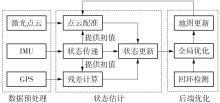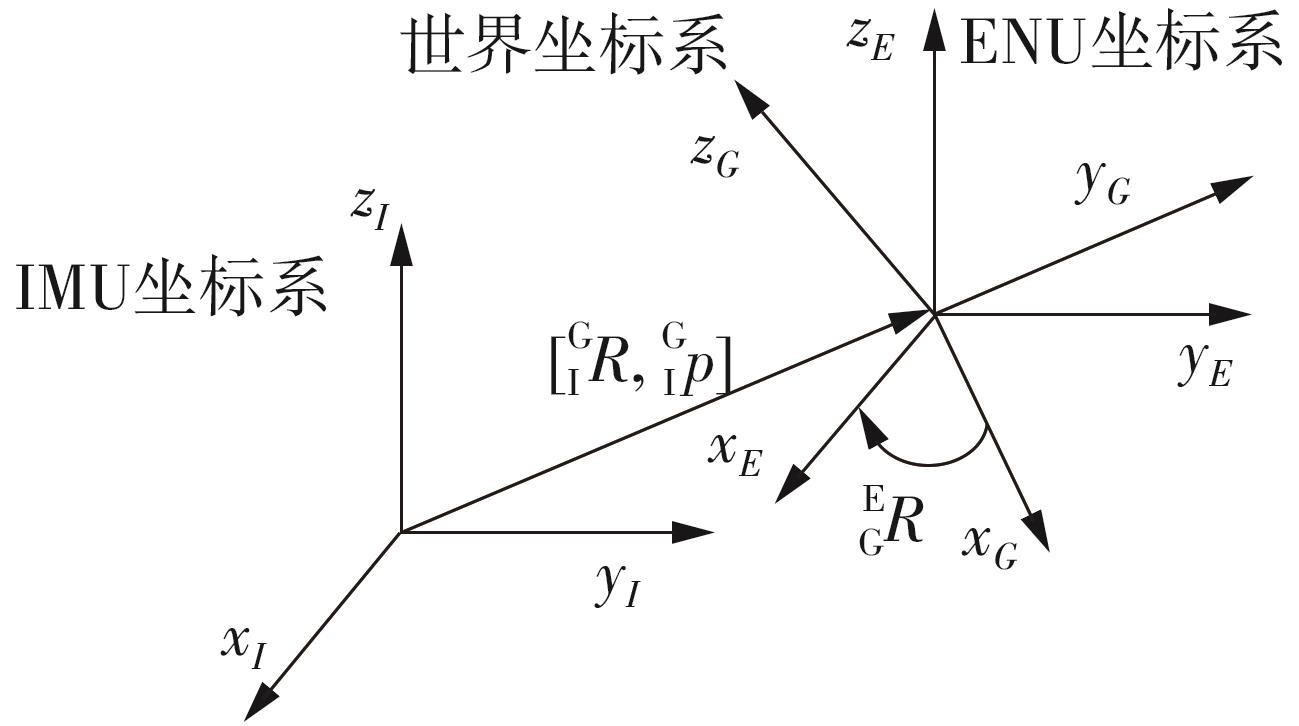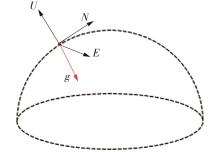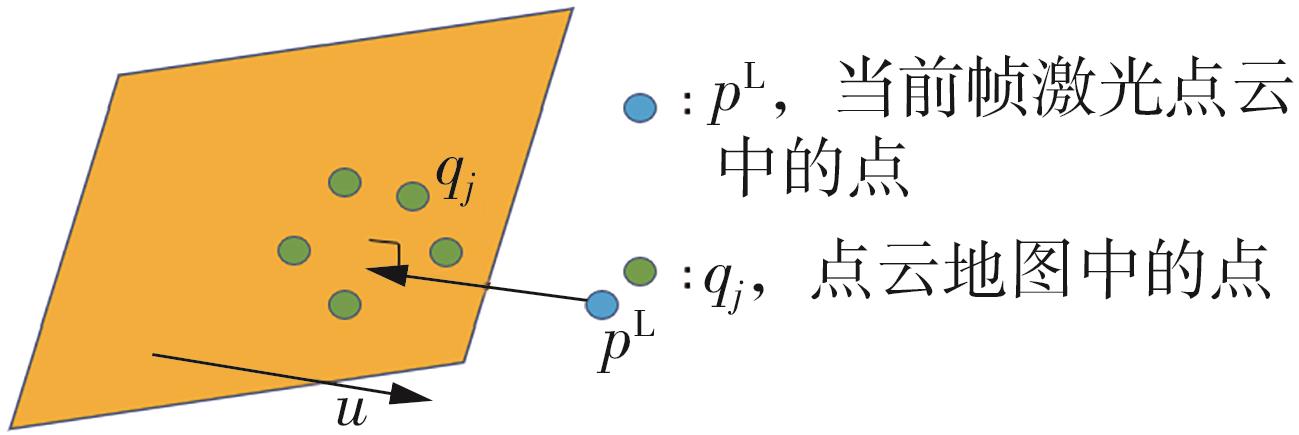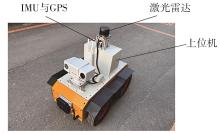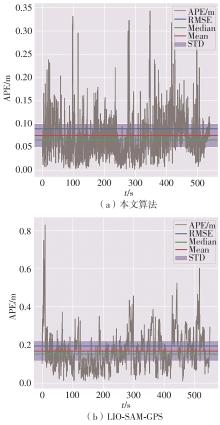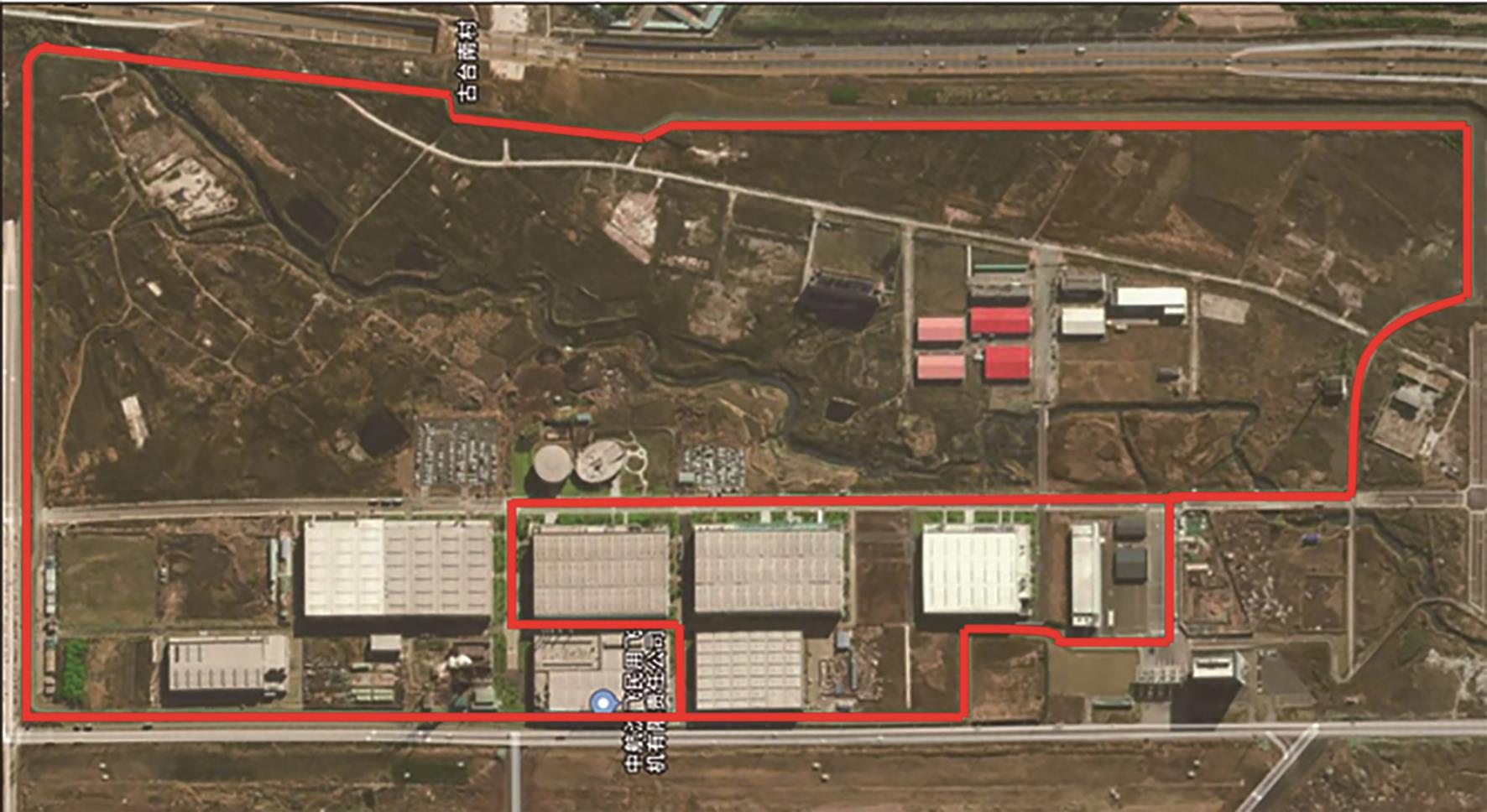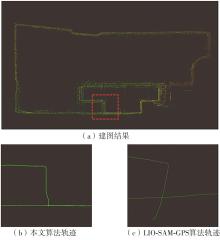| 1 |
DURRANT-WHYTE H, BAILEY T .Simultaneous localization and mapping:part I[J].IEEE Robotics & Automation Magazine,2006,13(2):99-110.
|
| 2 |
BESL P J, MCKAY N D .A method for registration of 3D shapes[J].IEEE Transactions on Pattern Analycis & Machine Intelligence,1992,14(2):239-256.
|
| 3 |
SEGAL A, HAEHNEL D, THRUN S .Generalized-ICP[C]∥Proceedings of Robotics:Science and Systems.Seattle:MIT Press,2009:435-442.
|
| 4 |
ZHANG J, SINGH S .Visual-lidar odometry and mapping:low-drift,robust,and fast[C]∥Proceedings of the IEEE International Conference on Robotics and Automation.Seattle:IEEE,2015:2174-2181.
|
| 5 |
SHAN T, ENGLOT B . Shan T,et al .LeGO-LOAM:lightweight and ground-optimized lidar odometry and mapping on variable terrain[C]∥Proceedings of 2018 IEEE/RSJ International Conference on Intelligent Robots and Systems (IROS).Madrid:IEEE,2019:4758-4765.
|
| 6 |
SHAN T, ENGLOT B, MEYERS D,et al .LIO-SAM:tightly-coupled lidar inertial odometry via smoothing and mapping[C]∥Proceedings of 2020 IEEE/RSJ International Conference on Intelligent Robots and Systems (IROS).Las Vegas:IEEE,2020:5135-5142.
|
| 7 |
WANG H, WANG C, CHEN C L,et al .F-loam:fast lidar odometry and mapping[C]∥Proceedings of 2021 IEEE/RSJ International Conference on Intelligent Robots and Systems(IROS).Prague:IEEE,2021:4390-4396.
|
| 8 |
LIN J, ZHANG F .Loam livox:a fast,robust,high-precision lidar odometry and mapping package for lidars of small fov[C]∥Proceedings of 2020 IEEE International Conference on Robotics and Automation (ICRA).[S.l.]:Virtual Conference,2020:3126-3131.
|
| 9 |
LYNEN S, ACHTELIK M W, WEISS S,et al .Robust and modular multi-sensor fusion approach applied to mav navigation[C]∥Proceedings of 2013 IEEE/RSJ International Conference on Intelligent Robots and Systems.Tokyo:IEEE,2013:3923-3929.
|
| 10 |
ZHEN W, ZENG S, SOBERER S .Robust localization and localizability estimation with a rotating laser scanner[C]∥Proceedings of 2017 IEEE International Conference on Robotics and Automation (ICRA).Singapore:IEEE,2017:6240-6245.
|
| 11 |
GAO Y, LIU S, MOHAMED A,et al .INS/GPS/LiDAR integrated navigation system for urban and indoor environments using hybrid scan matching algorithm[J].Sensors,2015,15(9):23286-23302.
|
| 12 |
YE H, CHEN Y, LIU M .Tightly coupled 3d lidar inertial odometry and mapping[C]∥Proceedings of IEEE International Conference on Robotics and Automation.Montreal:IEEE,2019:3144-3150.
|
| 13 |
FORSTER C, CARLONE L, DELLAERT F,et al .On-manifold preintegration for real-time visual-inertial odometry[J].IEEE Transactions on Robotics,2017,33(1):1-21.
|
| 14 |
KAESS M, JOHANNSSON H, ROBERTS R,et al .iSAM2:incremental smoothing and mapping using the bayes tree[J].The International Journal of Robotics Research,2012,31(2):216-235.
|
| 15 |
XU W, ZHANG F .FAST-LIO:a fast,robust lidar-inertial odometry package by tightly-coupled iterated kalman filter[J].IEEE Robotics and Automation Letters,2021,6(2):3317-3324.
|
| 16 |
XU W, CAI Y, HE D,et al. FAST-LIO2:fast direct lidar-inertial odometry[J].IEEE Transactions on Robotics,2022,38(4):2053-2073.
|
| 17 |
HE D, XU W, ZHANG F .Kalman filters on differentiable manifolds[J].arXiv preprint arXiv:2102.03804,2021.
|
| 18 |
CAI Y, XU W, ZHANG F .ikd-Tre:an incremental kd tree for robotic applications[J].arXiv preprint arXiv:2102.10808,2021.
|
| 19 |
KIM G, KIM A .Scan context:egocentric spatial descriptor for place recognition within 3d point cloud map[C]∥Proceedings of 2018 IEEE/RSJ International Conference on Intelligent Robots and Systems (IROS).Madrid:IEEE,2018:4802-4809.
|
| 20 |
WANG H, WANG C, XIE L .Intensity scan context:coding intensity and geometry relations for loop closure detection[C]∥Proceedings of 2020 IEEE International Conference on Robotics and Automation (ICRA).[S.l.]:Virtual Conference,2020:2095-2101.
|
| 21 |
GUO J, BORGES P V K, PARK C,et al .Local descriptor for robust place recognition using lidar intensity[J].IEEE Robotics and Automation Letters,2019,4(2):1470-1477.
|
| 22 |
SOLA J .Quaternion kinematics for the error-state Kalman filter[J].arXiv preprint arXiv:1711.02508,2017.
|
| 23 |
MOORE T, STOUCH D .A generalized extended kalman filter implementation for the robot operating system[C]∥Proceedings of the 13th International Conference on Intelligent Autonomous Systems (IAS).Padua:IEEE,2016:335-348.
|
| 24 |
YIN J, LI A, LI T,et al .M2dgr:a multi-sensor and multi-scenario slam dataset for ground robots[J].IEEE Robotics and Automation Letters,2021,7(2):2266-2273.
|
